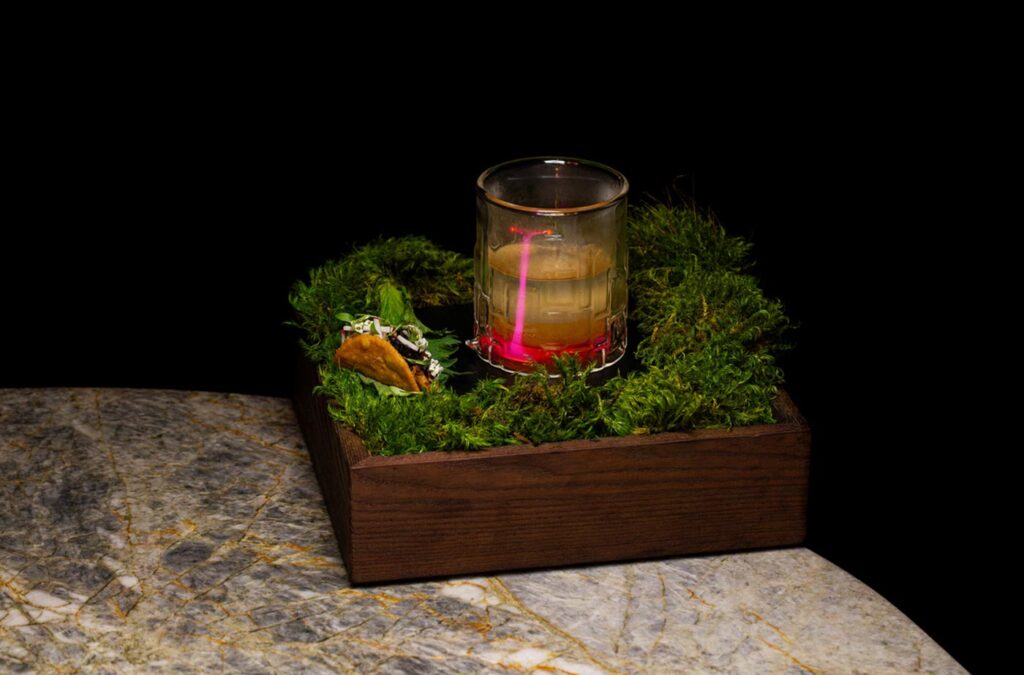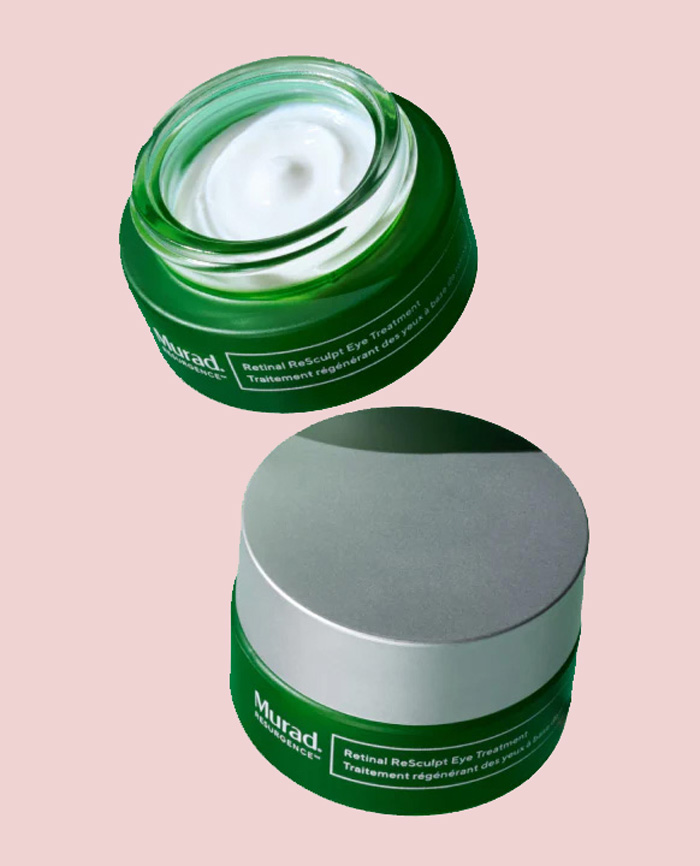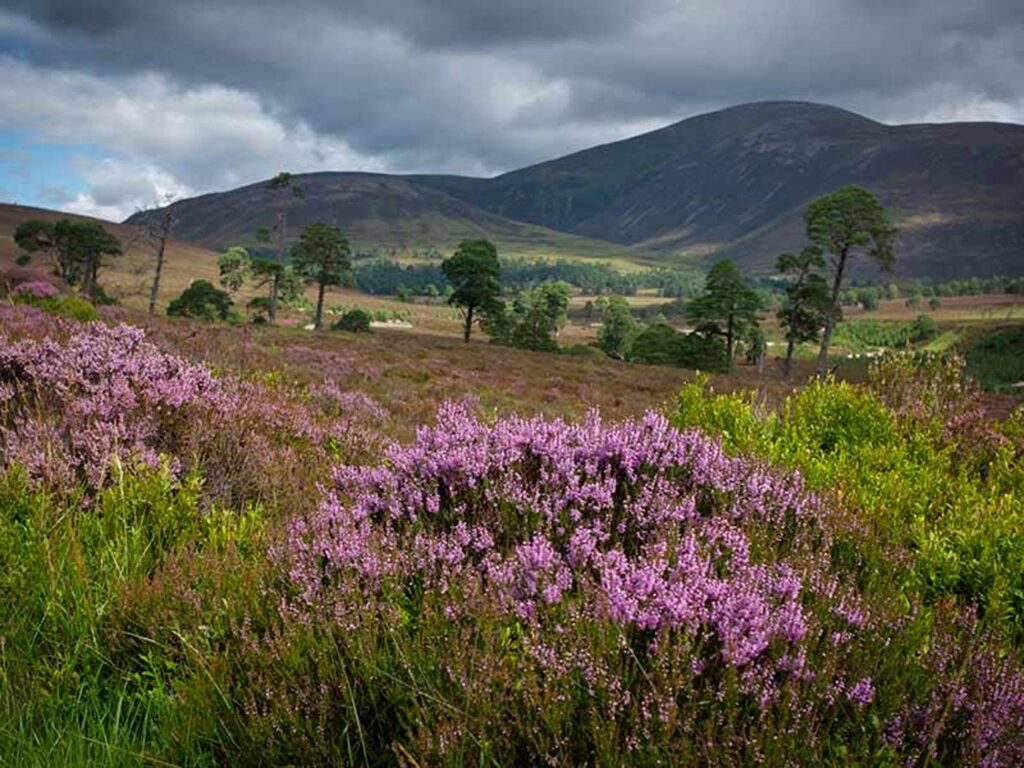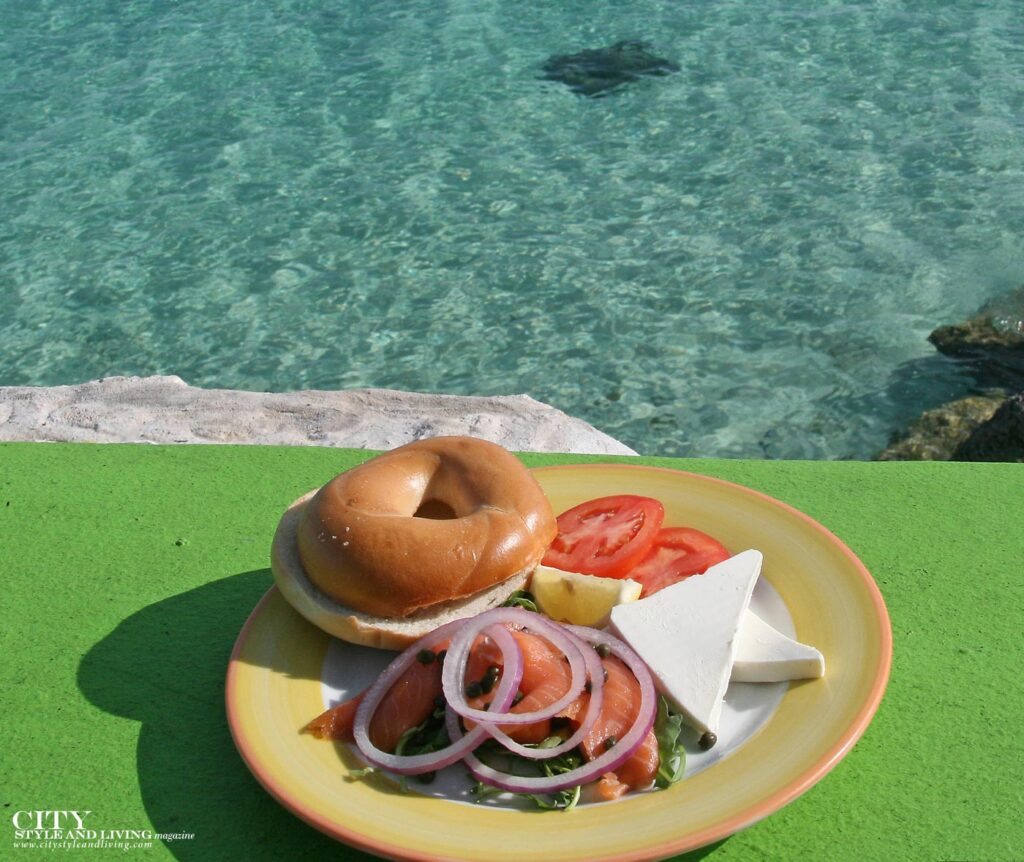
Board certified NYC dermatologist Dr. Janet Prystowsky explains the best ways to care for your skin during the winter, how to keep skin healthy during the winter months and whether you still need to wear sunscreen.
Q. Our climate is incredibly dry. In addition, we nearly always run the heat in the car and at the office. How do we keep skin hydrated during the winter months?
A. A simple approach to maintain skin hydration is to bathe less often, use less soap, and keep showers and baths short. This will keep natural moisturizers in your skin intact, leading to less dryness. A step up from this would be to apply a shower/bath oil to your skin and gently rinse it off. This will seal in your skin’s moisture. Regular moisturizing lotions or creams are also helpful but when applied after bathing, they leave your skin gooey and sticky, making them impractical for a quick morning routine. You can also use a humidifier at home or work to decrease the amount of water lost through the skin by evaporation.
We notice flakiness in our skin during the winter. How can we combat this?
For maximum relief use creams, ointments, or oils on your skin. Lotions are also helpful but are less effective for holding in moisture during the winter.
With less and less hours of daylight hours, should we still wear suncreen during the winter?
During the winter if you live around 40 degrees North in latitude or higher, and at sea level, there are virtually no ultraviolet B rays, so a sunscreen is not necessary to prevent a sunburn. Ultraviolet A rays continue to penetrate the earth’s atmosphere, however, and have some skin cancer and aging effects (e.g. wrinkles and brown spots) on the skin. A broad spectrum sunscreen of at least spf 30 will protect against both UVA and UVB if used year round. Broad spectrum sunscreens will help you prevent skin cancer and aging changes in your skin.
That being said, if you go to work in the dark, spend the majority of your day inside, and come home in the dark I do not see much benefit to using sunscreen in the winter in New York City or Boston, for example. However, you should supplement with vitamin D during these months because you will not make it in your skin at 40 degrees North latitude.
Note, however, if you go skiing in Colorado, where the latitude is also 40 degrees North, the situation changes because of high altitude and snow reflection of sun rays. Enough UVB will hit your skin to cause a burn so ALWAYS where broad spectrum block of SPF 50 when skiing on a mountain!
What is the best daytime skin care routine to follow during the winter?
Use a shower bath oil on your whole body right before your last rinse off. For your face, if you’re exposed to a lot of cold weather, use a light oil like Squalane or a thin layer of petrolatum. If you’re only exposed to the cold for a bit then a facial lotion or cream is all you need.
What is the best nighttime skin care routine to follow during the winter?
Remove your make up with an oil rich product like cold cream. Rinse your face with warm water, and use a gentle cleanser to remove the last bits of makeup. If your skin feels dry then apply a moisturizing lotion or oil before you go to bed.
We sometimes get frostbite on our skin (especially feet and fingers) what is the best way to treat this?
Frostbite occurs when the water in the skin cells and blood actually freezes and forms ice crystals. The skin will look grayish, have a waxy texture, and feel numb. Seek shelter immediately and submerse the affected body parts into water that is about 104 degrees for rapid rewarming. Do not massage the affected skin as the ice crystals will act like gravel and damage the skin further. Slow rewarming is also not good because larger ice crystals form during this before the crystals eventually melt. If the skin does not return to normal after rewarming, seek medical attention. Look for blister formation that may occur over the next 2-3 days. Note that frostnip occurs more commonly and is due to significant chilling of the skin that results in some tingling and numbness but resolves as soon as you go into an area of warmth. This condition is less serious because no ice crystals have formed and a full recovery is the norm. If you have frostnip and continue to stay out in the cold, frostbite may ensue. Heed the warning of the beginning tingling and numbness and go inside to warm up.
Get more beauty and makeup tricks from City Style and Living Magazine.












